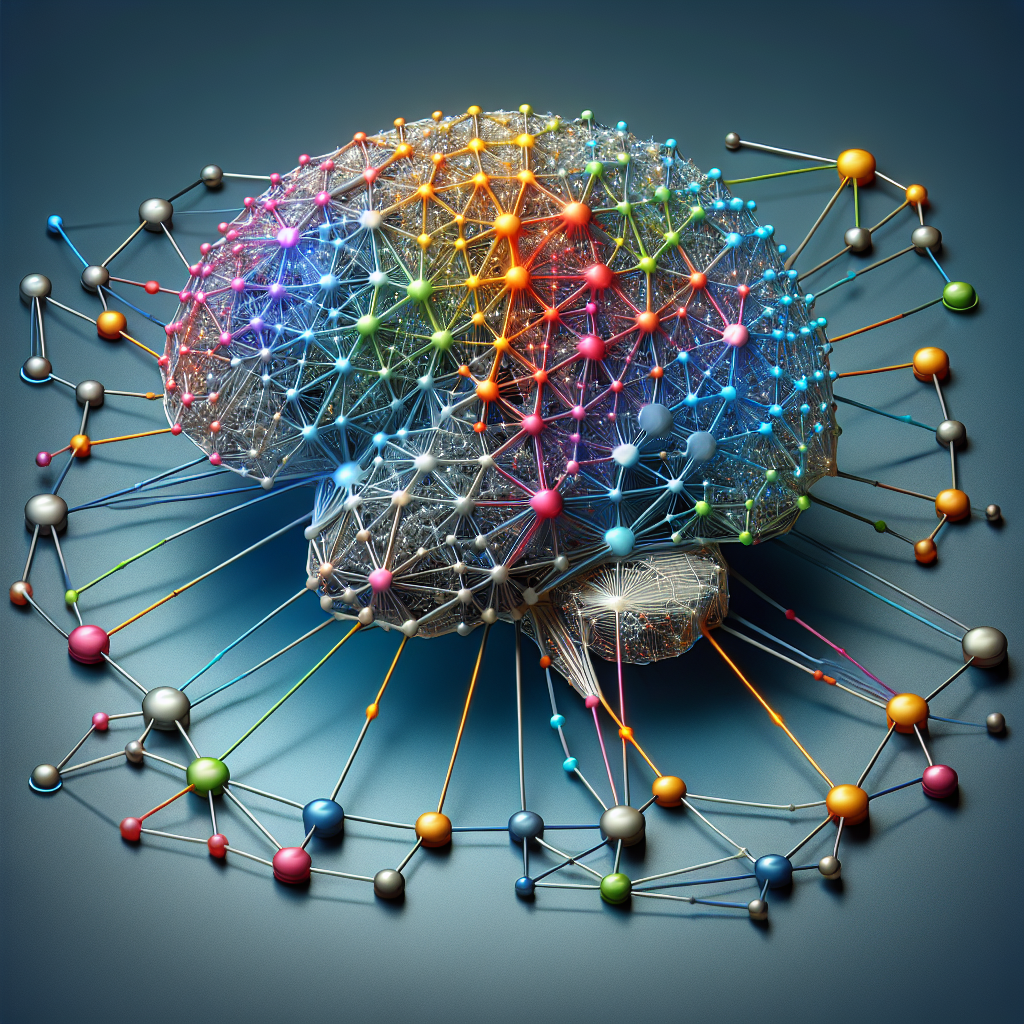Fix today. Protect forever.
Secure your devices with the #1 malware removal and protection software
Graph Neural Networks (GNNs) have gained immense popularity in recent years due to their ability to model complex relationships and dependencies in data. This powerful machine learning technique has revolutionized the field of graph-based data analysis and has been applied to a wide range of domains, including social networks, recommendation systems, and drug discovery.
At the core of GNNs is the idea of representing data as a graph, where nodes represent entities or objects, and edges represent the relationships between them. By leveraging the structure of the graph, GNNs can learn to capture the underlying patterns and dependencies in the data, making them highly effective for tasks such as node classification, link prediction, and graph classification.
One of the key strengths of GNNs is their ability to incorporate both node-level and graph-level information in their learning process. This allows them to leverage not only the features of individual nodes but also the overall structure and connectivity of the graph. By aggregating information from neighboring nodes and updating node representations iteratively, GNNs can effectively capture complex patterns and dependencies in the data.
Another important aspect of GNNs is their ability to generalize well to unseen data. Unlike traditional neural networks, which require large amounts of labeled data for training, GNNs can learn from a small amount of labeled data and generalize to unseen nodes or graphs. This makes them highly versatile and suitable for a wide range of applications where data is scarce or expensive to label.
In addition to their effectiveness in modeling graph-structured data, GNNs also offer scalability and efficiency advantages. By leveraging techniques such as message passing and graph convolutions, GNNs can efficiently propagate information through the graph and update node representations in a parallel and distributed manner. This makes them well-suited for handling large-scale graphs with millions of nodes and edges.
Overall, the power of GNNs lies in their ability to model complex relationships and dependencies in graph-structured data, generalize well to unseen data, and offer scalability and efficiency advantages. As the field of graph neural networks continues to evolve, we can expect to see even more innovative applications and advancements in this exciting area of machine learning.
Fix today. Protect forever.
Secure your devices with the #1 malware removal and protection software
#Understanding #Power #Graph #Neural #Networks,gnn

Leave a Reply
You must be logged in to post a comment.